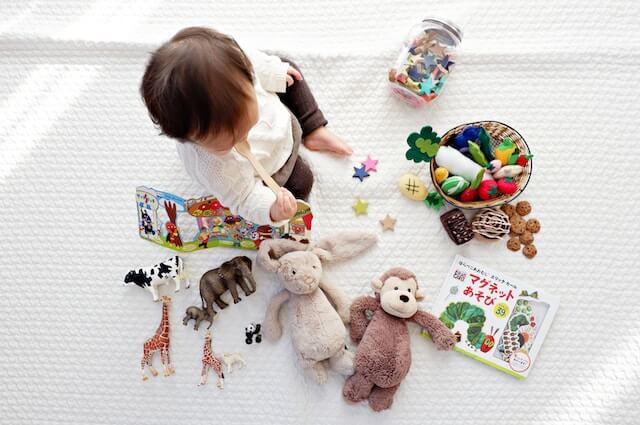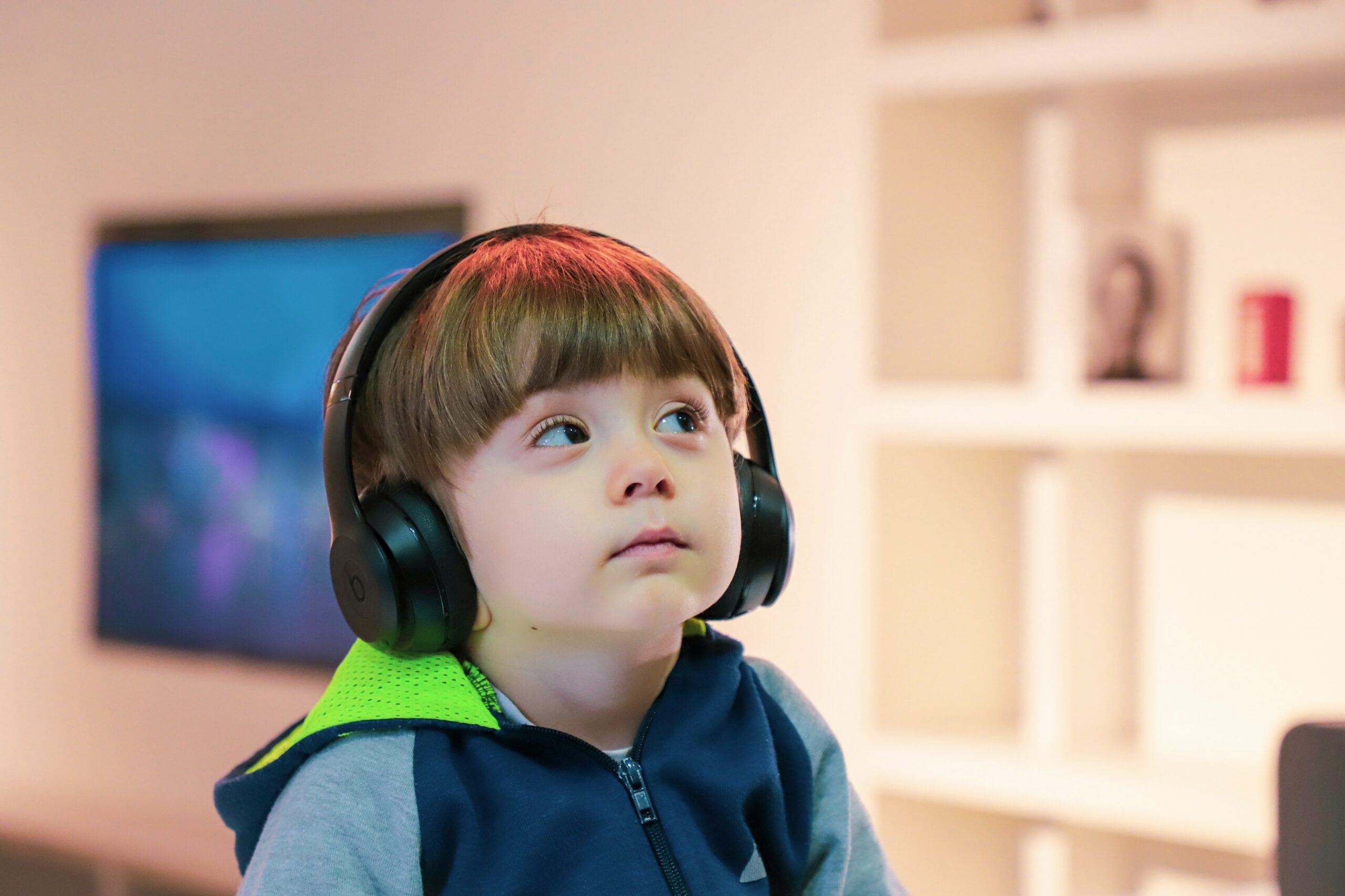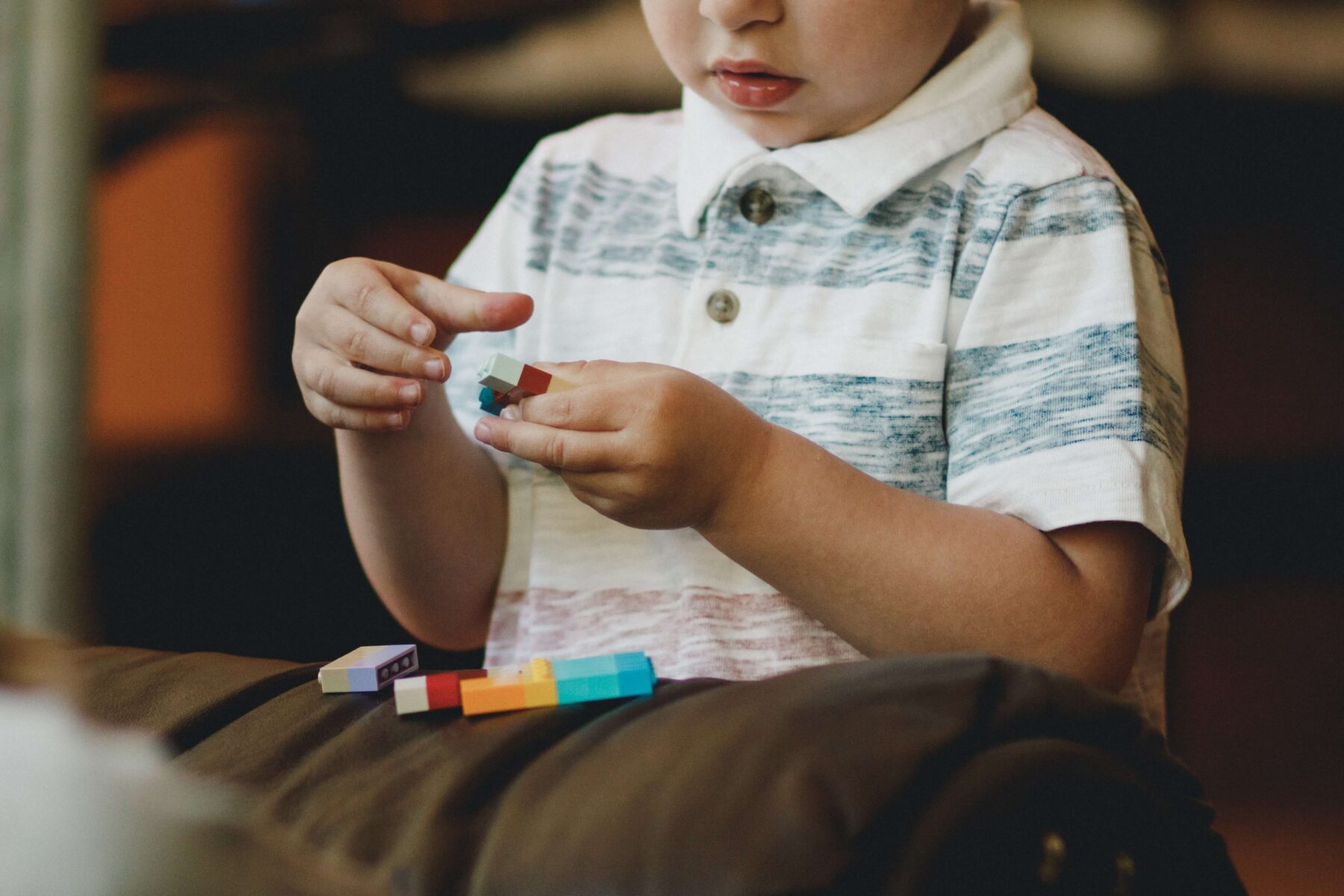Applied Behavior Analysis (ABA) therapy is one of the most effective and evidence-based treatments for children with autism. It focuses on improving specific behaviors such as social skills, communication, reading, and academics, as well as adaptive learning skills, such as fine motor dexterity, hygiene, grooming, domestic capabilities, punctuality, and job competence.
Choosing the best setting for ABA therapy services can significantly impact the effectiveness of the treatment. Here are some factors to consider when picking the right environment for your child’s ABA therapy.

Why the ABA therapy setting matters
Choosing the best setting for ABA therapy can significantly impact the effectiveness of the treatment. Here are some factors to consider when picking the right environment for your child’s ABA therapy.
The setting of ABA therapy plays a pivotal role as it can greatly influence a child’s comfort level and ability to absorb and retain learned behaviors. Optimal environments can enhance the child’s engagement and reduce potential distractions, thus facilitating more effective learning. A familiar setting, such as the child’s home, can provide a sense of safety and security which encourages active participation. Alternatively, a school setting might offer opportunities for social interaction and real-world application of new skills being learned. The right setting also allows ABA therapists to tailor strategies that align with the child’s unique needs, fostering a more personalized and effective therapeutic approach.
1. Home-Based ABA Therapy
Home-based ABA therapy happens in person in the comfort and familiarity of your own home. Therapists come to your house to work with your child.
Benefits
Familiar Environment: Children tend to feel more comfortable in their homes, which can aid in their responsiveness to therapy.
Real-life Situations: Home-based therapy allows for real-life situations that can be used as teaching moments to practice.
Parent Involvement: Parents can observe the therapist and participate in sessions, which can help them understand how to apply techniques outside therapy sessions.

Limitations
Limited Social Interaction: The home environment may not provide enough opportunities for social interaction with peers.
Distractions: The presence of toys, pets, or other family members might distract the child during therapy sessions.
2. Center-Based ABA Therapy
Center-based therapy takes place in a controlled environment outside the home, usually at a therapy center.
Benefits
Structured Environment: Centers are designed to minimize distractions and maximize focus on learning.
Social Interaction: They offer more opportunities for social interaction with peers, which is critical for children with autism.
Consistency: Therapy centers often have a consistent schedule, which can help children with autism who tend to thrive on routine.
Limitations
Less Parent Involvement: Parents may not be able to observe or participate in therapy sessions as much as they would at home.
Travel Time: Commuting to the center can take time and may disrupt family routines.
3. School-Based ABA Therapy
School-based ABA therapy integrates therapy into the child’s school day, either individually or in a group setting.
Benefits
Integration: This setting allows for therapy to be incorporated into the child’s regular school day.
Social Interaction: There are ample opportunities for interaction with peers and practicing social skills.

Limitations
Limited Control: Parents have less control over the therapy process and less opportunity to observe sessions.
Group Settings: If the therapy is done in a group setting, the individual attention your child gets form the ABA therapist might be limited.
Choosing an ABA Therapy Provider
Choosing the right ABA therapy provider is just as crucial as picking the appropriate clinical setting itself. Here are some aspects to consider when selecting a provider.
1. Certification and Training: Ensure the therapy provider has proper certification, such as being a Board Certified Behavior Analyst (BCBA). The therapists should also have a strong educational background and proper training in ABA therapy.
2. Experience with Autism: Look for a provider or program who specializes in treating autism spectrum disorder and has extensive experience working with children on the spectrum. They should be knowledgeable about autism-specific challenges and strategies for addressing them.
3. Individualized Treatment Plans: The provider should develop a personalized treatment plan that targets your child’s unique needs and goals. This plan should be flexible and adapt to changes in your child’s progress or circumstances.
4. Family Involvement: Consider providers who encourage family involvement. They should be willing to educate family members about how to reinforce therapy strategies at home and in other environments.
5. Communication: Choose a provider who maintains open communication, provides progress updates, and is responsive to your concerns. They should readily collaborate with and support you and your child’s other healthcare providers.
6. Positive Reinforcements: The provider should use positive reinforcement techniques to encourage desirable behaviors and help your child achieve their goals.
Remember, the goal is to find a provider with whom both you and your child feel comfortable and can build a trusting relationship to foster a successful therapy experience.
In conclusion, the best setting for ABA therapy depends on your child’s individual needs, the availability of services, and what works best for your family. It might even be that a combination of settings works best for your child. Always remember that effective ABA therapy should be adaptable and catered to your child’s unique needs. Speak with your ABA provider, and together you can determine the best approach.




















